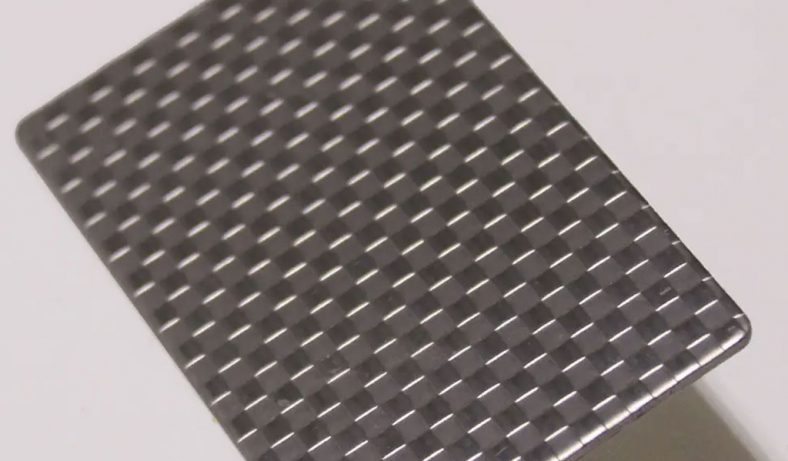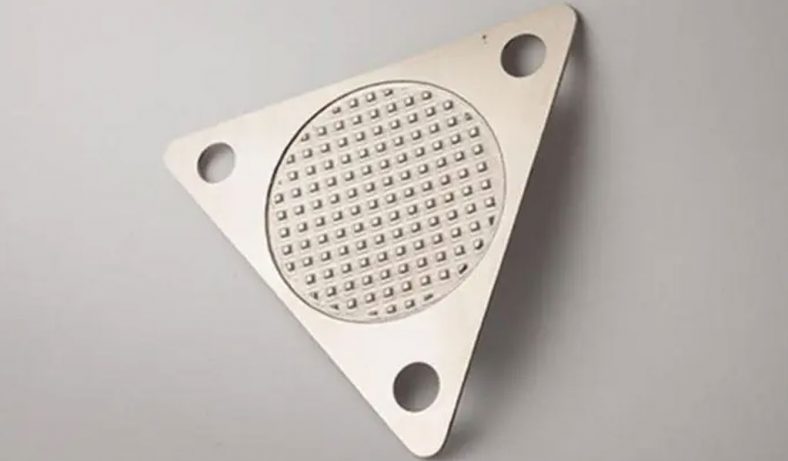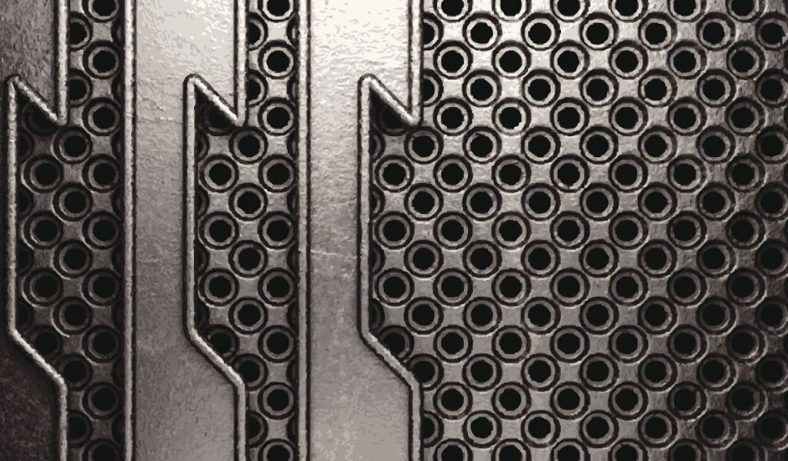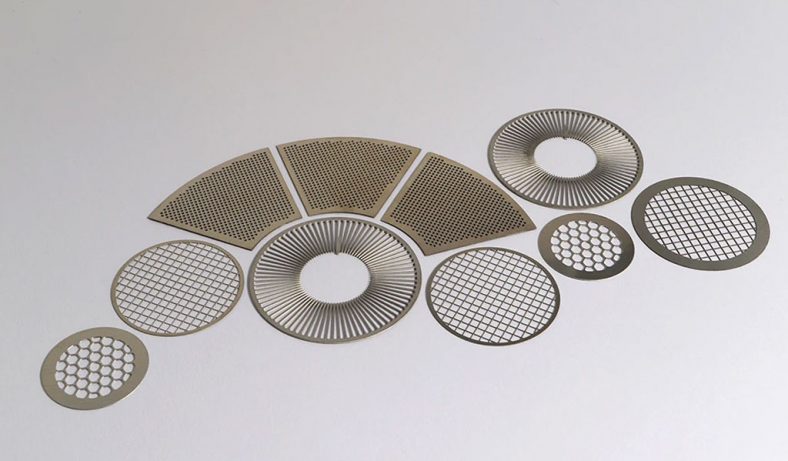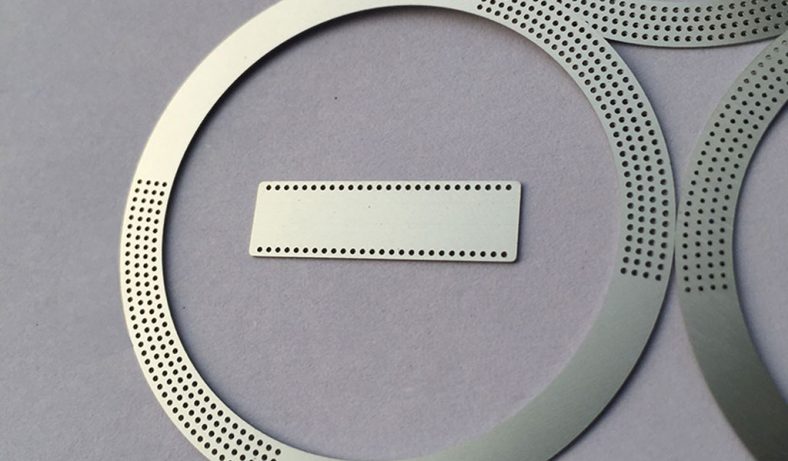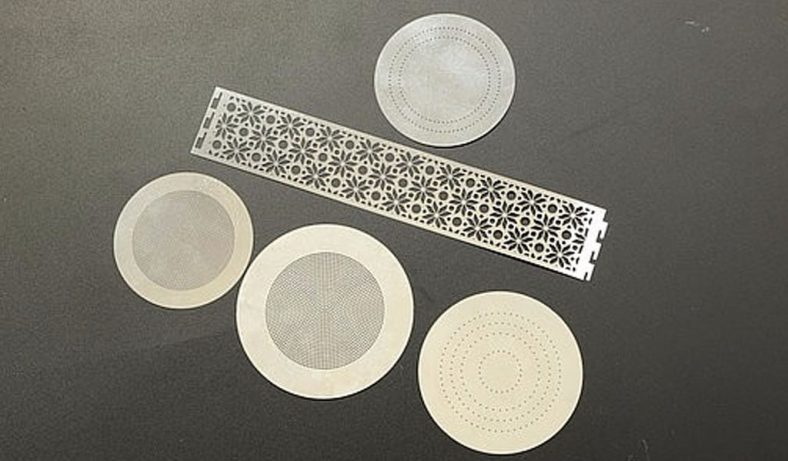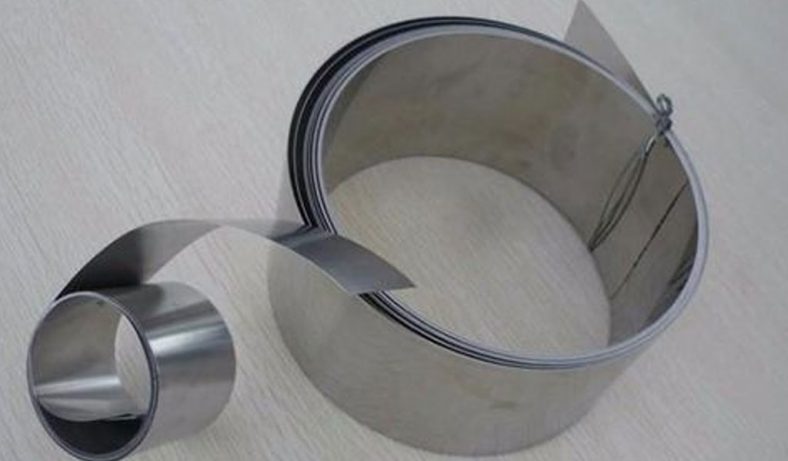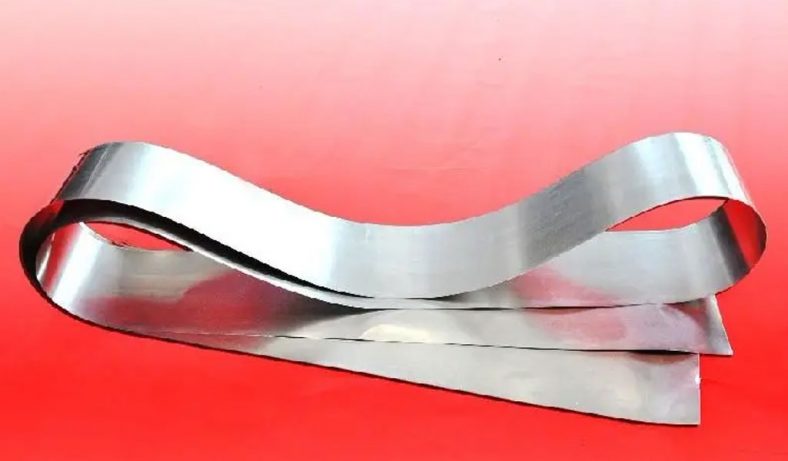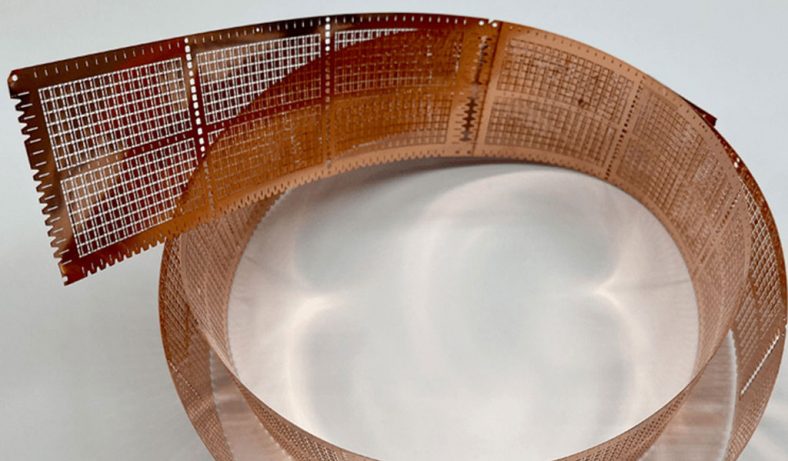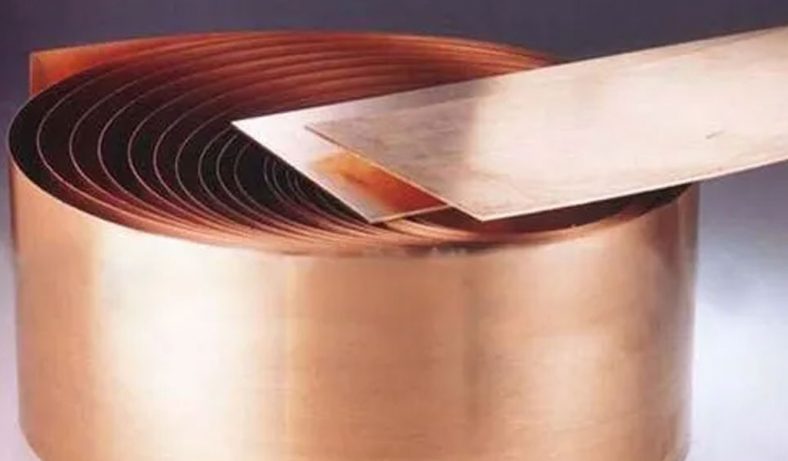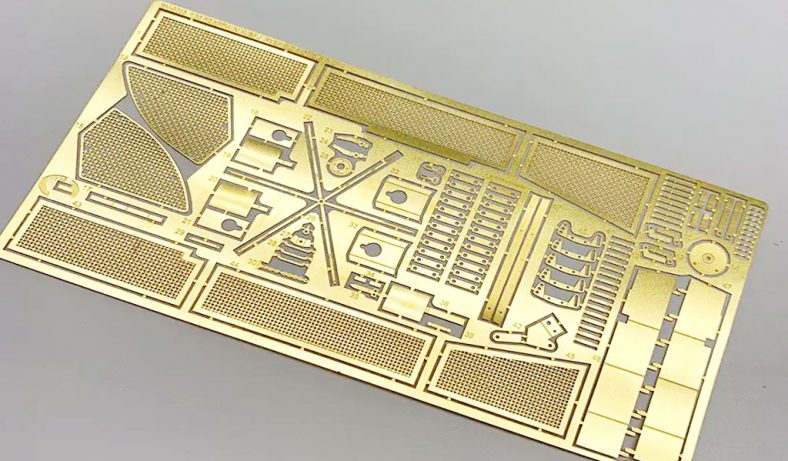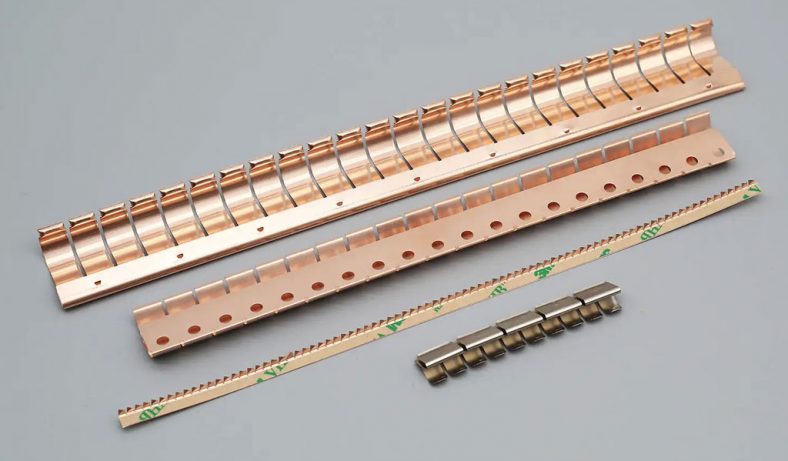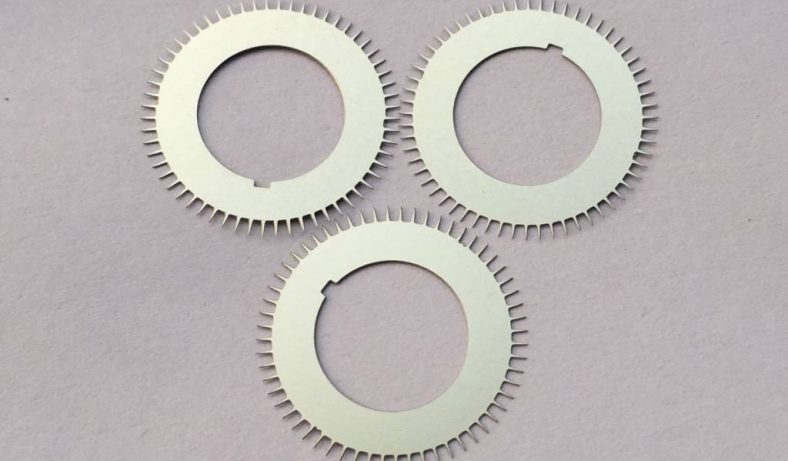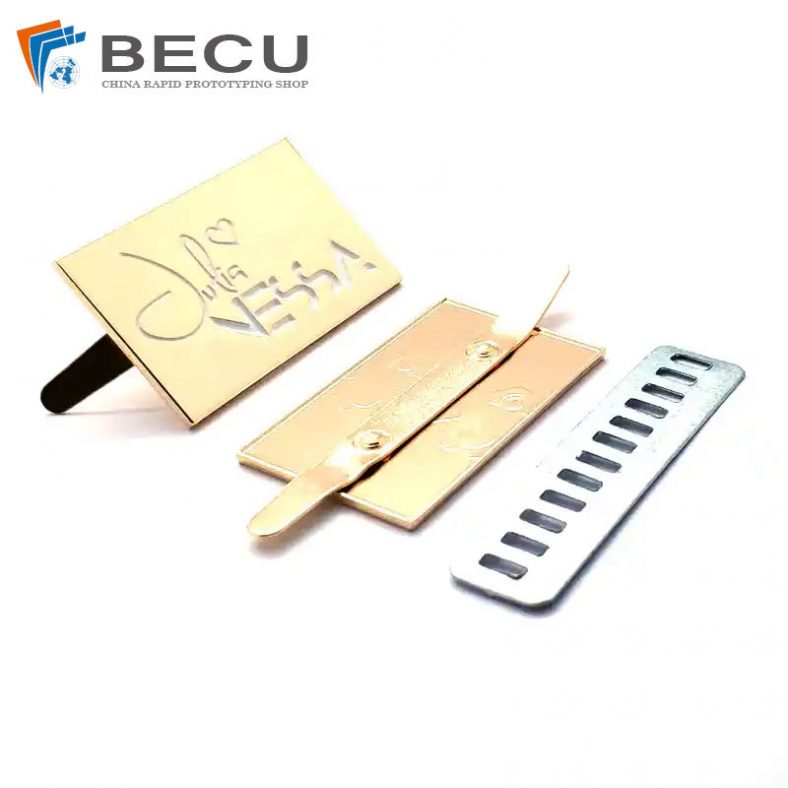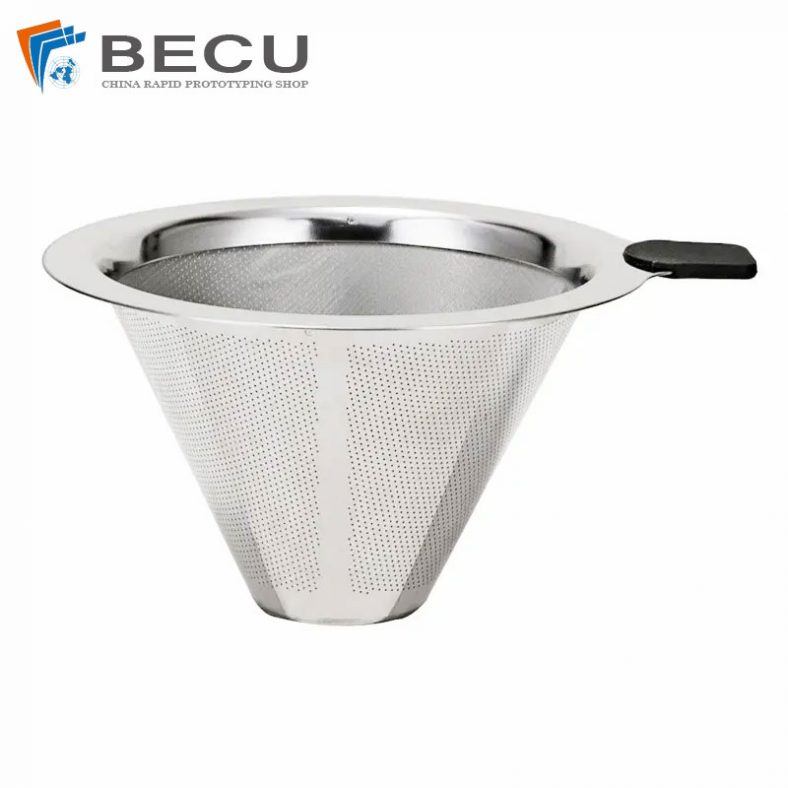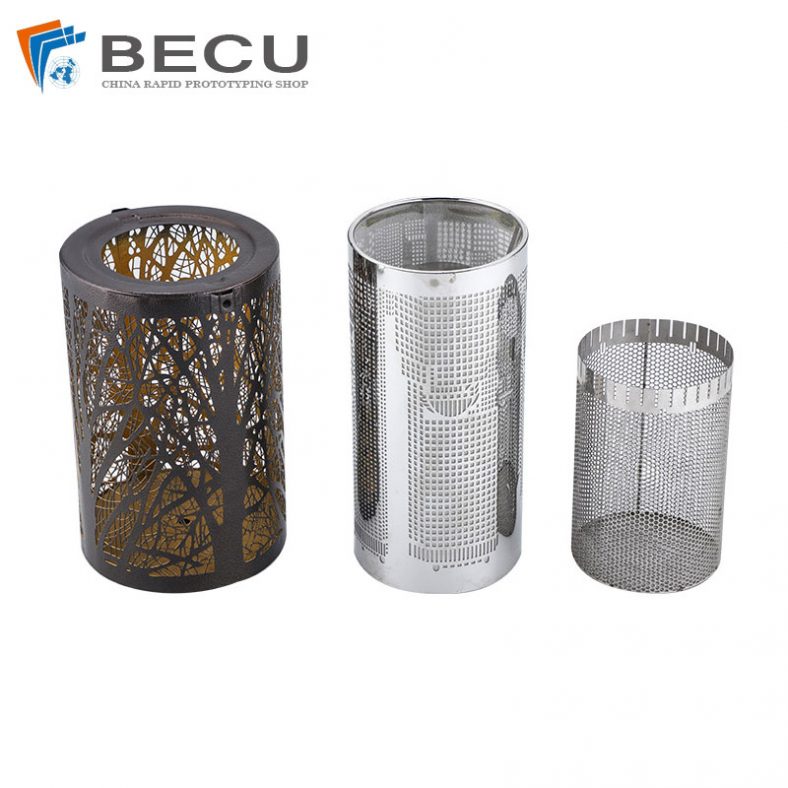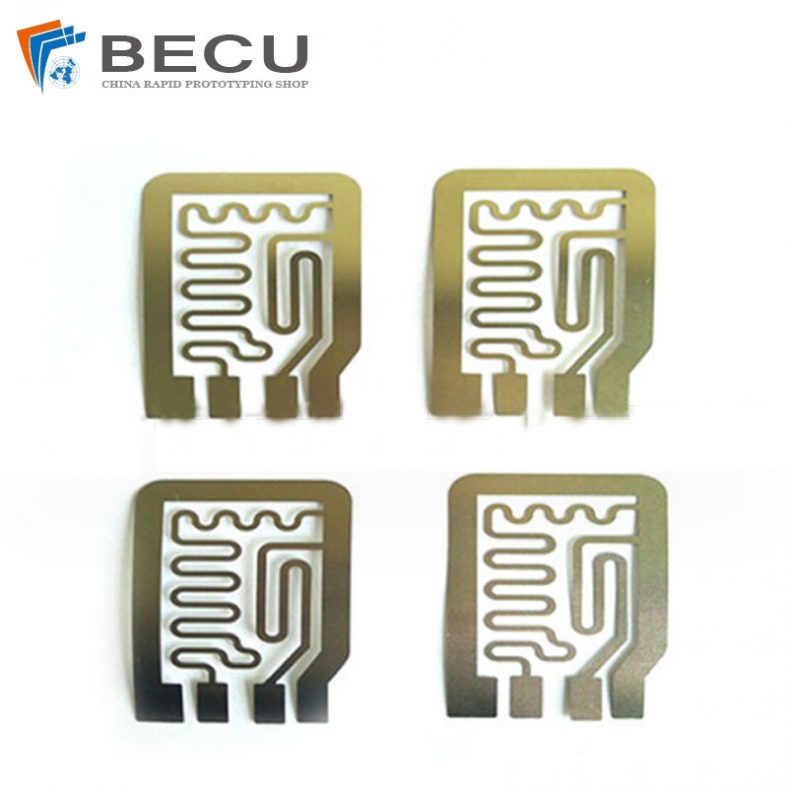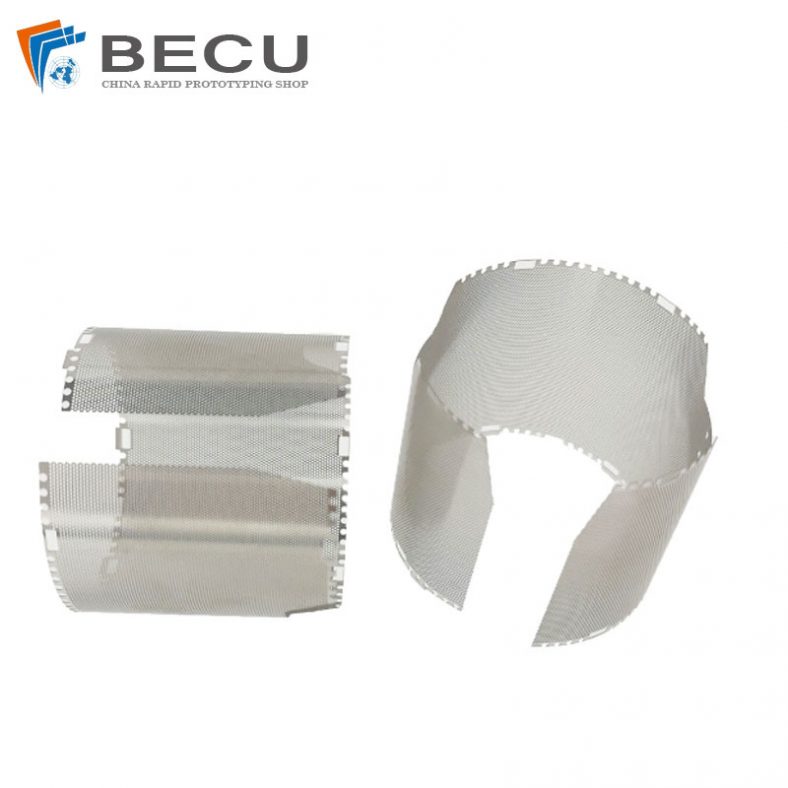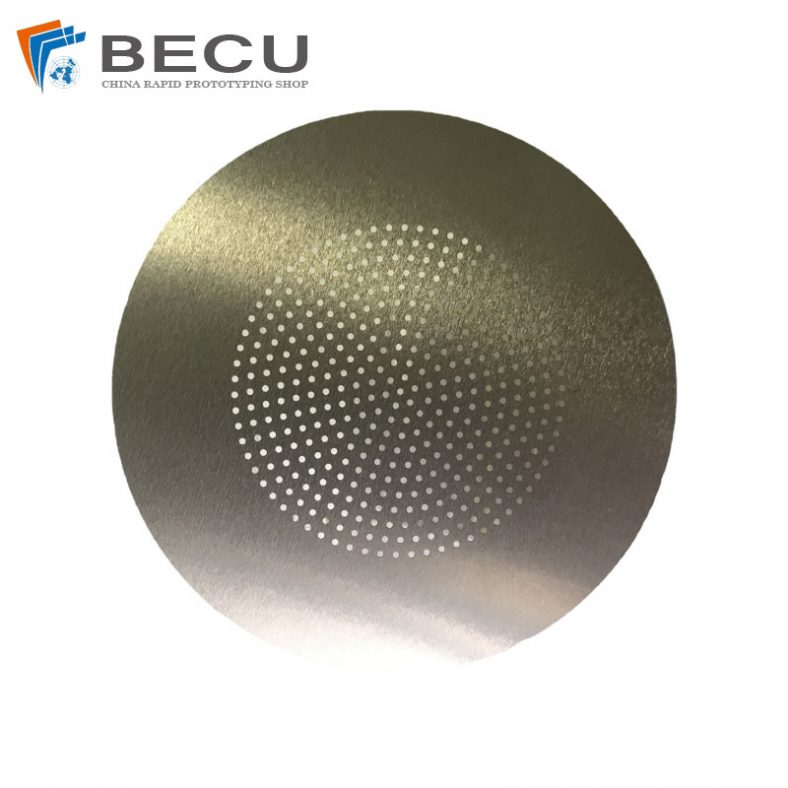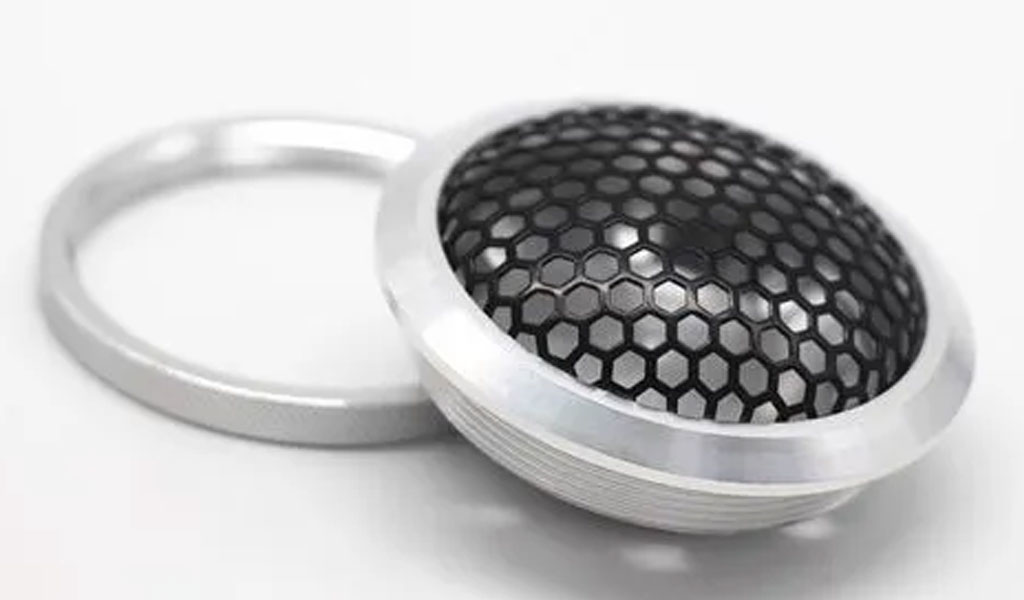
Speaker grill covers, also known as speaker grilles or speaker screens, are protective covers typically used on loudspeakers and other sound systems to shield the delicate components within, such as the speaker cones and drivers.
These covers play a dual role by not only protecting the speaker components from external damage like dust, debris, and physical impact but also contributing to the aesthetic appeal of the audio equipment. Speaker grill covers come in various materials, designs, and sizes, catering to different types of speakers and user preferences.
Replacing speaker grill covers can become necessary when the original covers are damaged, worn out, or simply do not match the aesthetic preferences of the user. The process of replacing speaker grill covers is relatively straightforward and can often be done without professional assistance, provided the correct replacement is chosen.
History of Speaker Grill Covers
The concept of using a protective cover for speakers dates back to the early days of audio equipment design. As sound reproduction technology advanced, so did the need for protecting the increasingly sophisticated and delicate components used in speaker systems. The earliest speaker grills were often made from metal or fabric, chosen for their ability to protect without significantly affecting sound quality.
In the mid-20th century, as home audio systems became more popular, speaker grill covers evolved from purely functional components to elements of design. Manufacturers began experimenting with various materials, patterns, and colors to complement the interior decor of homes. The advent of high-fidelity (Hi-Fi) systems in the 1960s and 1970s further pushed the development of speaker grill covers, with emphasis placed on both aesthetic appeal and acoustic transparency.
In contemporary times, speaker grill covers have become an integral part of speaker design, available in a wide range of materials, including cloth, metal, plastic, and even wood. The trend toward home automation and smart speakers has also influenced the design and functionality of speaker grill covers, with some featuring touch-sensitive surfaces or integration with voice assistants.
Types of Speaker Grill Covers
Speaker grill covers can be broadly categorized based on the material used in their construction. Each type of material offers distinct advantages and disadvantages in terms of durability, acoustic performance, and visual appeal. The main types of speaker grill covers include:
Cloth Speaker Grill Covers:
- Material and Construction: Cloth grill covers are made from a variety of fabrics, including polyester, nylon, and other synthetic blends. These fabrics are chosen for their acoustic transparency, allowing sound to pass through with minimal distortion while providing protection.
- Advantages: Cloth covers are lightweight, easily replaceable, and available in a wide range of colors and patterns, making them popular for both professional and home audio systems. They are also less likely to rattle or buzz compared to metal or plastic grills.
- Disadvantages: Cloth covers are more susceptible to wear and tear, such as fraying or punctures. They can also accumulate dust and may require more frequent cleaning or replacement.
Metal Speaker Grill Covers:
- Material and Construction: Metal grills are typically made from steel, aluminum, or other durable metals. They can be perforated, meshed, or stamped into various patterns to allow sound to pass through while offering robust protection against physical damage.
- Advantages: Metal covers provide superior protection against impacts, making them ideal for use in environments where the speakers may be exposed to potential damage, such as public venues or vehicles. They are also more durable and can last longer than cloth covers.
- Disadvantages: Metal grills can add weight to the speaker and may affect the overall sound quality if not properly designed. They can also be prone to rattling if not securely attached.
Plastic Speaker Grill Covers:
- Material and Construction: Plastic grills are made from various polymers, including ABS and polycarbonate. These materials are molded or extruded into shapes that can be either solid or perforated.
- Advantages: Plastic covers are lightweight, cost-effective, and can be produced in a wide range of shapes and colors. They offer a good balance between protection and acoustic transparency, making them suitable for many consumer-grade speakers.
- Disadvantages: Plastic grills are generally less durable than metal and may become brittle over time, especially if exposed to UV light or extreme temperatures. They are also more prone to cosmetic damage such as scratches.
Wood Speaker Grill Covers:
- Material and Construction: Wood grills are less common and are typically found on high-end or custom-built speakers. These grills can be made from solid wood or wood composites and are often designed to complement the aesthetic of the speaker cabinet.
- Advantages: Wood covers add a unique, premium appearance to speakers and can be custom-designed to match specific interior decor. They also offer good durability and can be acoustically transparent if designed properly.
- Disadvantages: Wood grills are more expensive and heavier than other types. They also require more maintenance, such as periodic polishing or treatment to prevent warping or cracking.
Hybrid Speaker Grill Covers:
- Material and Construction: Hybrid grills combine two or more materials, such as metal and cloth, to leverage the benefits of each. For example, a metal frame might be covered with a cloth fabric to provide both durability and acoustic transparency.
- Advantages: Hybrid grills offer a balance between protection, acoustic performance, and aesthetic appeal. They can be tailored to specific needs and are often used in professional audio systems.
- Disadvantages: The complexity of hybrid designs can lead to higher costs and may require more careful installation to avoid negatively affecting sound quality.

